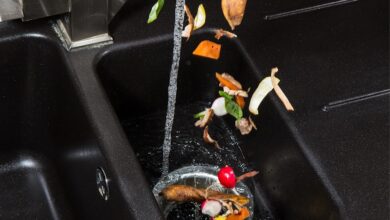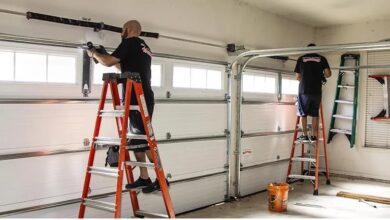How to Remove Algae from Swimming Pools?

It might be challenging to own and maintain a pool at home, but having the right resources makes it easier for owners to manage these water spaces. Some events or circumstances may prompt the owners to seek external assistance in repairing their water spaces. The emergence of hazardous substances such as algae could cause these alarming scenarios.
Algae may form due to insufficient chlorine levels, an inability to filter, a lack of sanitation, and poor water quality. Toxicants such as algae could enter the pool as a result of any external intrusions into the pool, such as diversions or swimwear. Those are the times when pool repair services are required, and they provide the owners with a variety of alternatives for dealing with such problems.
Getting Rid of Algae: How to Do it?
- Maintaining a high level of cleanliness: Even if someone opts for external pool services, they must maintain a high degree of cleanliness on a regular basis. The owner of a healthy and hygienic pool must brush the walls and flooring of the pool on a regular basis.
This can aid pool owners in scrubbing away all of the algae. Corners and shaded regions that might get away from the sight should be given more attention, and scrubbing the rougher corners is always a good idea.
- Monitoring the alkalinity: Another precaution that every owner should take is to get a digital liquid kit to monitor the alkalinity and pH of the water. Balanced water chemistry is required to ensure that the water is suitable for all activities.
A high level of cleanliness is required to ensure that the sanitizing elements operate in tandem with the water and that a healthy atmosphere is maintained. When things get too much to handle all at once, it’s also a good idea to use outside pool repair services.
- Vacuuming: The pools can also be vacuumed, and automatic and robotic cleaners can be used to take care of the cleaning features. The waste setting on the filler can be changed, and manual cleaning with a vacuum is the best option.
Vacuuming can help bypass the filter, reduce contamination, and a variety of other cleaning issues. It must also be ensured that the pool is refilled with water once the vacuuming is completed.
- Returning to the original state: Once the cleaning is complete, it must be checked on a regular basis to ensure that there are no algae present, resulting in a cleaner water area. This is only possible if the water is checked on a regular basis and brushing is done frequently.
Additionally, great care must be taken to ensure that the calcium hardness, pH, and chlorine levels are all monitored extensively.
Algae can severely degrade the water’s quality and be a hindrance to cleanliness. Cleaning algae may be made simple if proper maintenance is performed, and hiring the right pool repair services can be really beneficial. Algae multiplication must be avoided at all costs, which necessitates extra caution.



